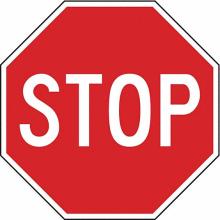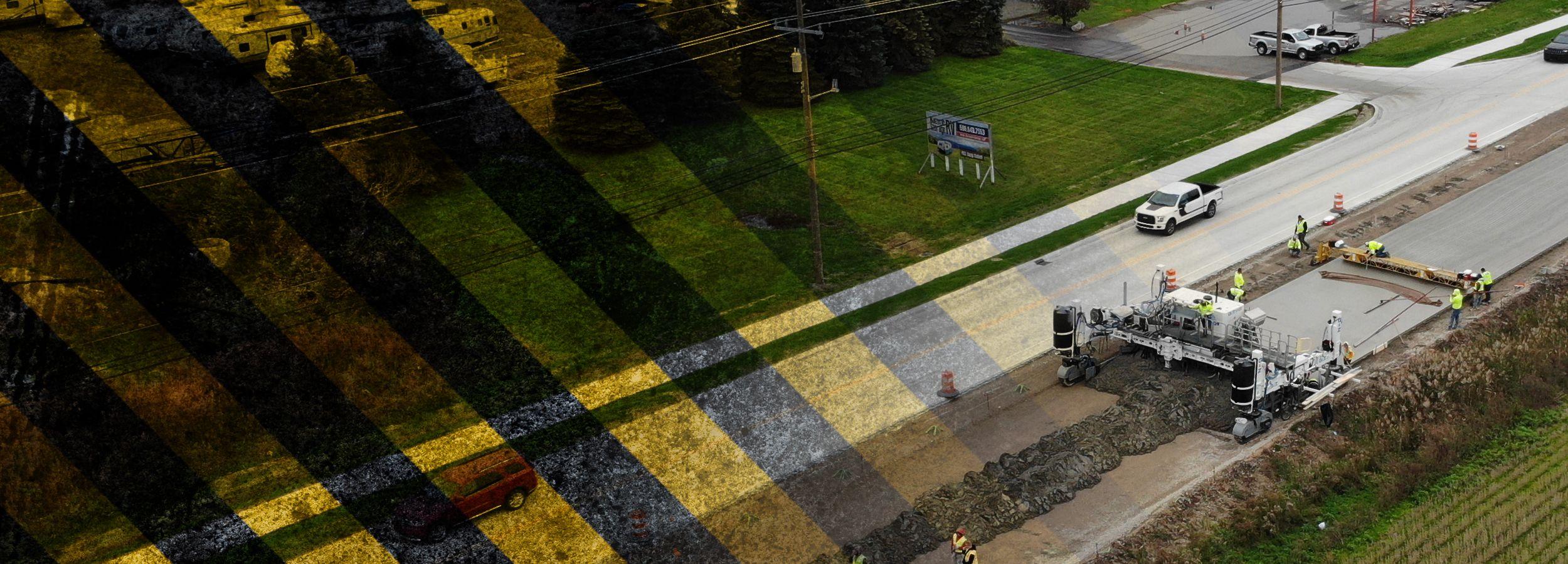
Stop signs are valuable and effective traffic control devices when used at the proper location under the appropriate conditions. Stop signs help drivers and pedestrians at intersections determine who has the right of way.
MCDR follows well-established and nationally recognized guidelines to determine when and where stop signs are necessary. These guidelines identify specific traffic and pedestrian volume thresholds, incident history, sight distance, and any unusual conditions that may exist at an intersection. To determine if a stop sign is needed, a traffic study is completed.
Two-way stop signs may be used:
- Where a street enters a through street; or
- Where a clear view of cross street traffic is obstructed due to buildings, trees, or shrubs; or
- Where crash history indicates three or more reported crashes in a 12-month period, and the crashes could have been avoided by the use of a stop sign; or
- Where circumstances and crash history indicate that observing the normal right of way rule could still be hazardous, resulting in crashes.
In most cases, a two-way stop sign is sufficient to define who has the right of way. A four-way or all-way stop is considered only when an intersection with a two-way stop is the site of numerous crashes or traffic congestion problems. Four-way or all-way stop signs may be used:
- As an interim measure where traffic signals are needed; or
- On local streets where there has been an average of five or more reported crashes per year; or
- Where the number of vehicles entering an intersection averages at least 300 vehicles per hour for any eight-hour period and the combined vehicular and pedestrian volumes from the minor street averages at least 200 vehicles per hour for the same eight-hour period.
Stop signs are valuable devices for the control of vehicle and pedestrian traffic. When properly located and operated, stop signs:
- Establish the right of way on the roadway.
- Reduce the likelihood of broadside incidents.
- May alleviate congestion at high volume intersections.
While stop signs can reduce the number of collisions at an intersection, stop signs can also cause an increase in other types of crashes when not used properly. Improper or unwarranted stop signs can result in:
- Increased acceleration and deceleration, which can cause additional noise and air pollution.
- Increased likelihood and frequency of rear end crashes.
- Unnecessary delays at light volume intersections.
- Disobedience by motorists, creating a false sense of security for pedestrians who expect vehicles to stop at an intersection.
National studies show that compliance at unwarranted stop signs is less than 40%.







